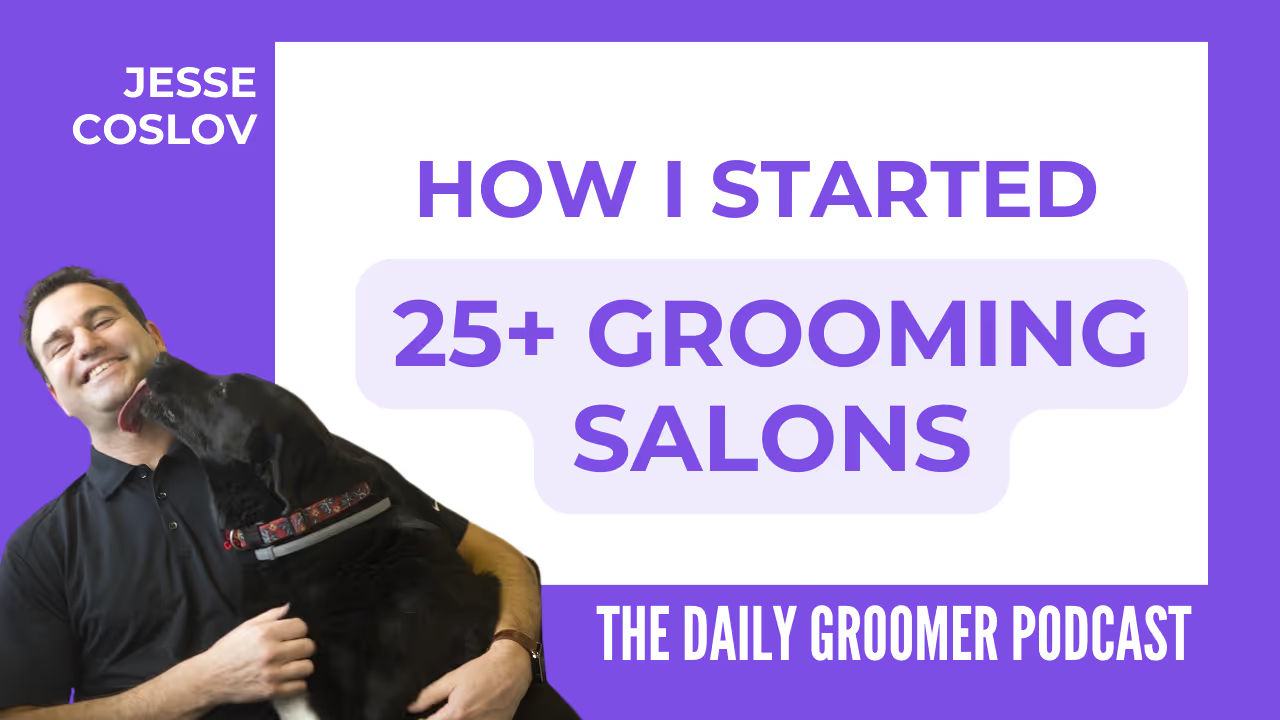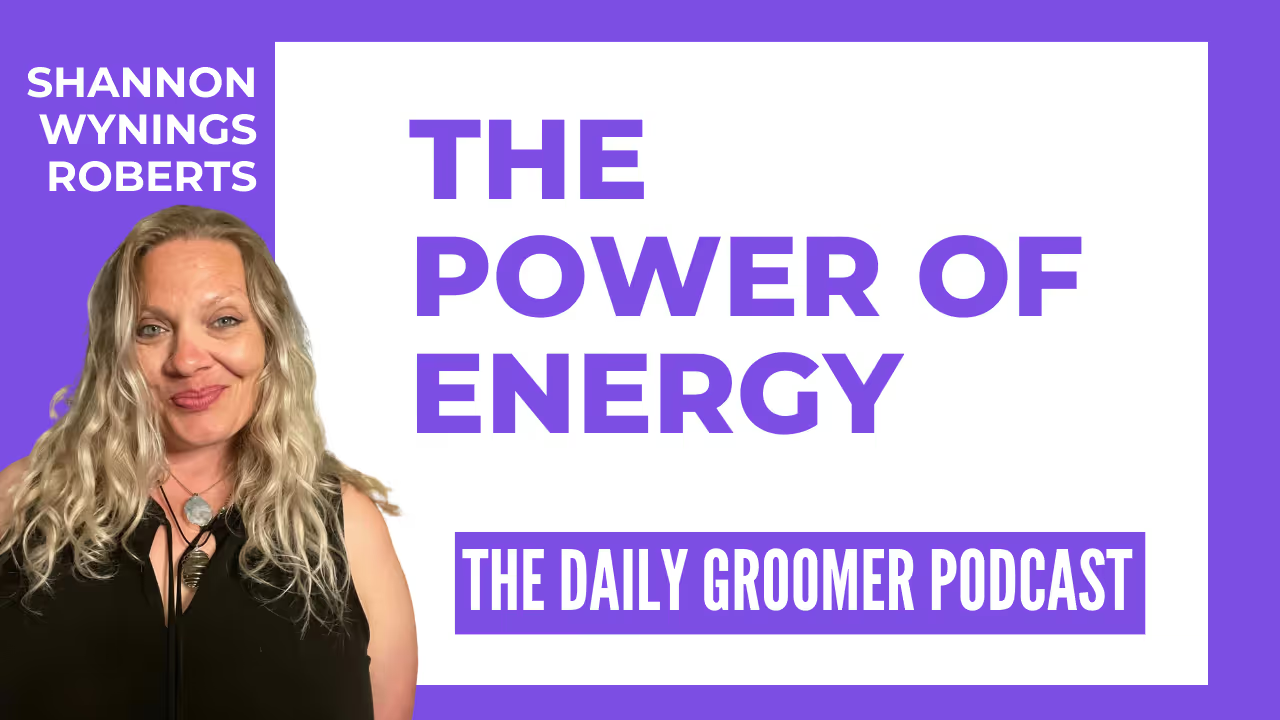Tangle Tamers: The Ultimate Guide to Brushes for Every Coat Type
Have you ever stared at an array of grooming brushes, feeling more puzzled than a Poodle with a Rubik's Cube? You're not alone. The secret to a groomer's magic isn’t just skill, it’s knowing the right tools for every twist, tuft, and tangle. Let’s unravel the mysteries of coat care and set you up to brush with brilliance.
Understanding Coat Types: The Foundation of Flawless Grooming
Before we dive into the brushes, let’s talk about coat types. Knowing your Afghan Hound from your Shih Tzu isn't just breed recognition—it's coat cognition. There are mainly five types of dog coats: smooth, double, curly, wire, and long. Each one demands a unique approach. The key is to match the brush to the coat, not just for shine and shape, but also to prevent and remove mats and to keep skin healthy.
The Smooth Operators: Brushes for Smooth Coats
Smooth coats are like the sleek sports cars of the dog world—think Boxers or Dobermans. They seem low maintenance, but to get that show-room shine, you need the right tools. A rubber curry brush or a soft-bristle brush glides over their coats to remove loose fur and adds a gleaming finish.
Dual Nature: Tackling Double Coats
Double-coated breeds like the Siberian Husky come with their own set of challenges. They're like a winter jacket over a summer tee—there's more than what meets the eye. To reach the undercoat, an undercoat rake is your best ally, followed by a slicker brush to smooth out the topcoat.
Beware the Curls: Grooming Curly Coats
Curly coats can be as unpredictable as a sudden rainstorm. Breeds like Poodles or Bichon Frises require patience and skill. A long-toothed comb or a flexible pin brush comes in handy, carefully detangling without turning curls into frizz.
The Rugged Road: Wire Coats Unwound
Wire-coated breeds are the off-road adventurers—tough and ready for anything. Think of the Dachshund or the Airedale Terrier. Master these coats with a firm slicker brush and a stripping knife to maintain that rustic charm while keeping the coat healthy.
Rapunzel’s Kin: Managing Long Coats
The long coats are the fairy-tale princesses of the bunch. Yorkshire Terriers and Afghan Hounds boast cascades of hair that require a gentle touch. Opt for a wide-toothed comb and a soft pin brush to keep their tresses free of tangles and full of life.
Choosing Your Arsenal: The Best Brushes for the Job
Once you know the coat you're working with, it's time to select your arsenal. Grooming isn't one-size-fits-all, and neither are the tools. Let's talk specifics.
Slicker Brushes: The All-Rounder
A slicker brush has fine, short wires close together on a flat surface. Perfect for most coat types, they're great for removing mats and getting rid of loose fur. Plus, they come in various sizes to fit any hand and any coat.
Rakes and Combs: The Undercoat Heroes
When it comes to double coats, an undercoat rake is a lifesaver, while de-shedding tools are the unsung heroes in keeping that fur fallout under control. Don't forget a metal comb, your best bet for those fine finishing touches.
Pin Brushes: The Gentlest Touch
For the royals of the dog world with long, flowing locks, a pin brush is gentle and effective. They mimic the human hairbrush and are excellent for daily maintenance, preventing mats before they start.
Curry Brushes and Rubber Mitts: The Shiny Whisperers
Curry brushes and rubber grooming mitts are the best friends of smooth and short coats. They're the unsung champions of adding that extra bit of gloss right before the dogs hit the show ring—or the park.
Brushing Up Skillfully: Techniques and Tips
The right brush in the wrong hands is like a Stradivarius in a toddler's grasp—it won't make sweet music. Here’s how to brush up on your artistry.
Smooth Coats: It’s All in the Wrist
For the smooth-coated breeds, your motion should be quick and wristy, like flipping pancakes. Always go in the direction of hair growth, from head to tail, and keep the pressure light to maintain that mirror-like sheen.
Double Troubles: Reach and Release
With double-coated fluffs, it's not just about reaching the undercoat—it's also about release. Use the rake to gently reach deep without harming the skin, and then the slicker to smooth and remove the dead fur.
Curly Queens and Tousled Kings: Patience is Key
Curly and wiry coats need time and patience. Work in sections and layers, and use those pin brushes and combs to lovingly work through the tangles without pulling.
Long-Coated Legends: The Art of Layers
For those with long, flowing coats, think of it as sculpting rather than brushing. Work in layers, always starting from the ends and moving upwards to avoid breakages and maintain those stunning natural lines.
Conclusion: Your Brushing Masterpiece
Grooming is an art form, and every artist needs their favorite brushes. Understanding these tools and techniques is just the start of creating your brushing masterpieces. Always keep your tools clean and in good repair, and they will serve you—and countless coats—very well.
Professional groomers, you are the maestros of mats, the rulers of ruffs, and the barons of bristles. With these tidbits tucked into your tool belt, you are ready to tame any tangle that trots through your door. So go on, wield your brushes with confidence and create something beautiful!


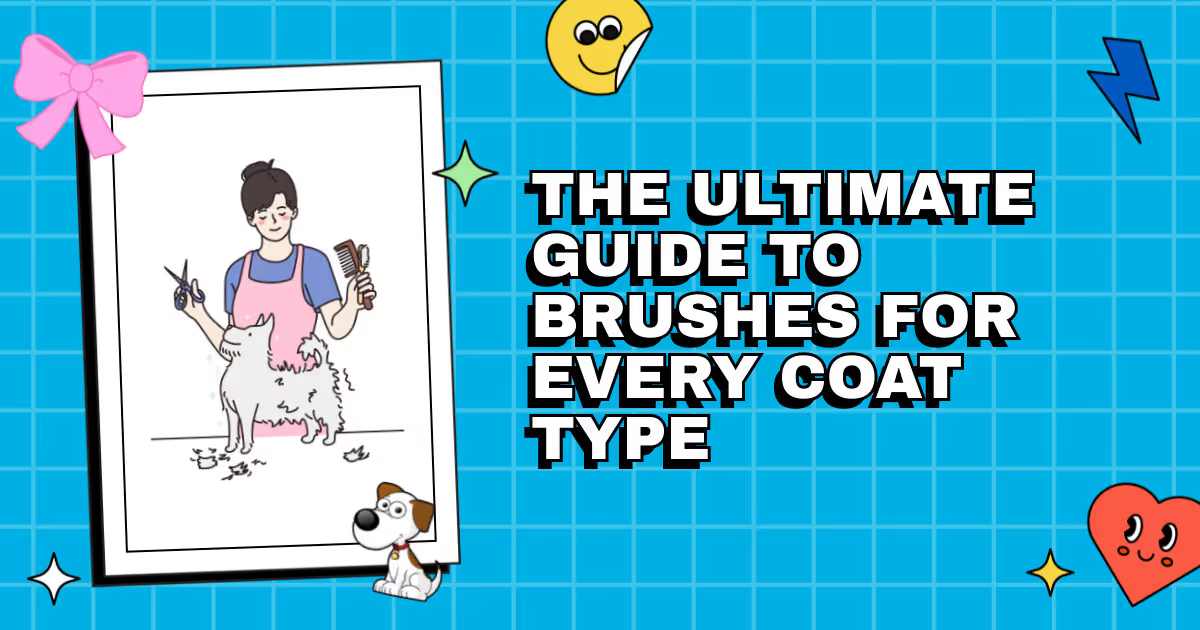
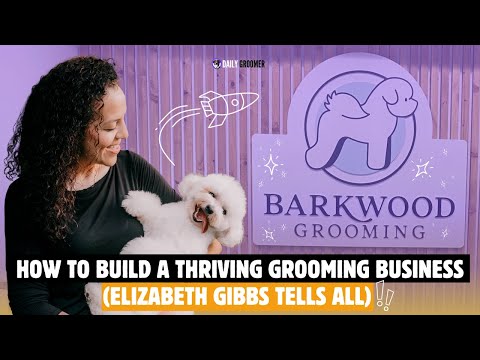

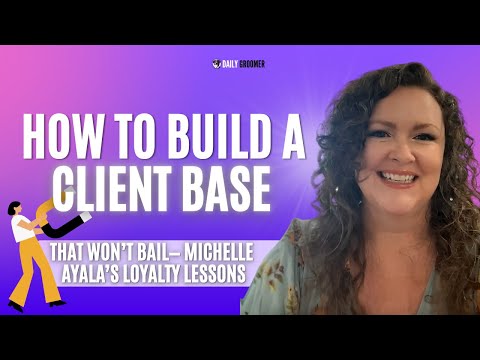

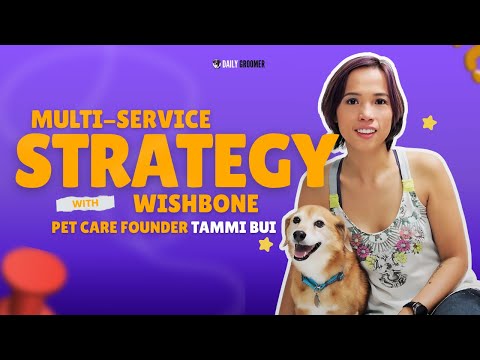

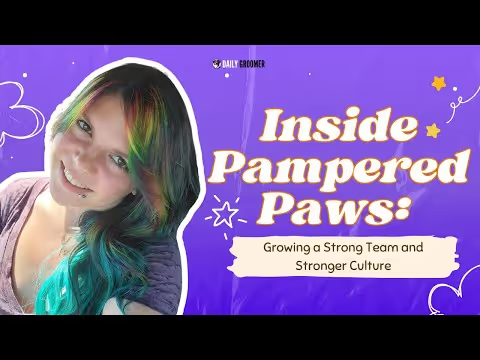
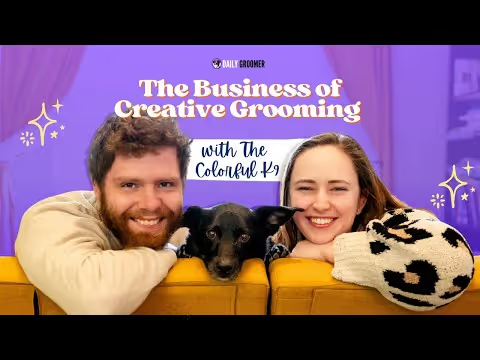





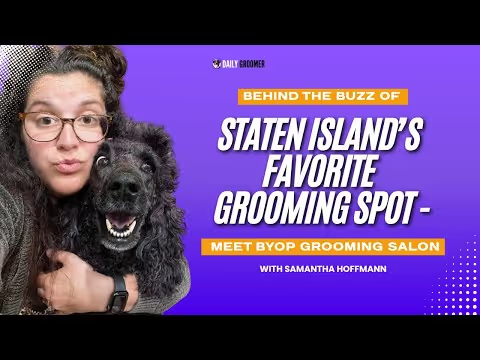

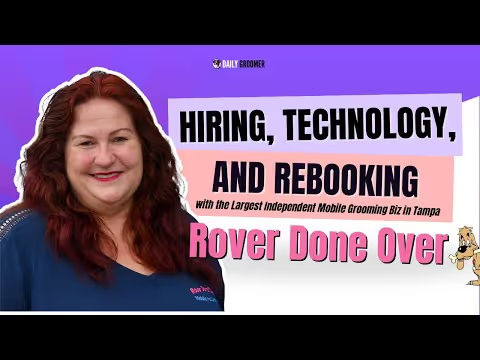
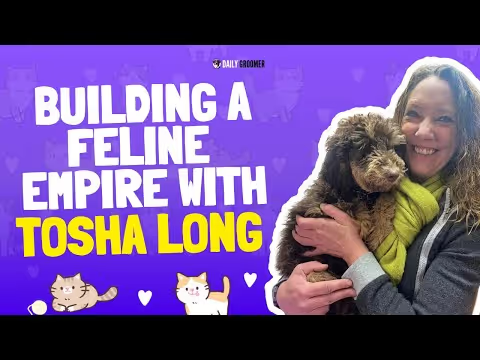


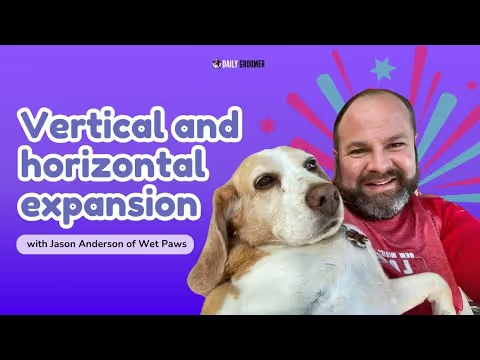
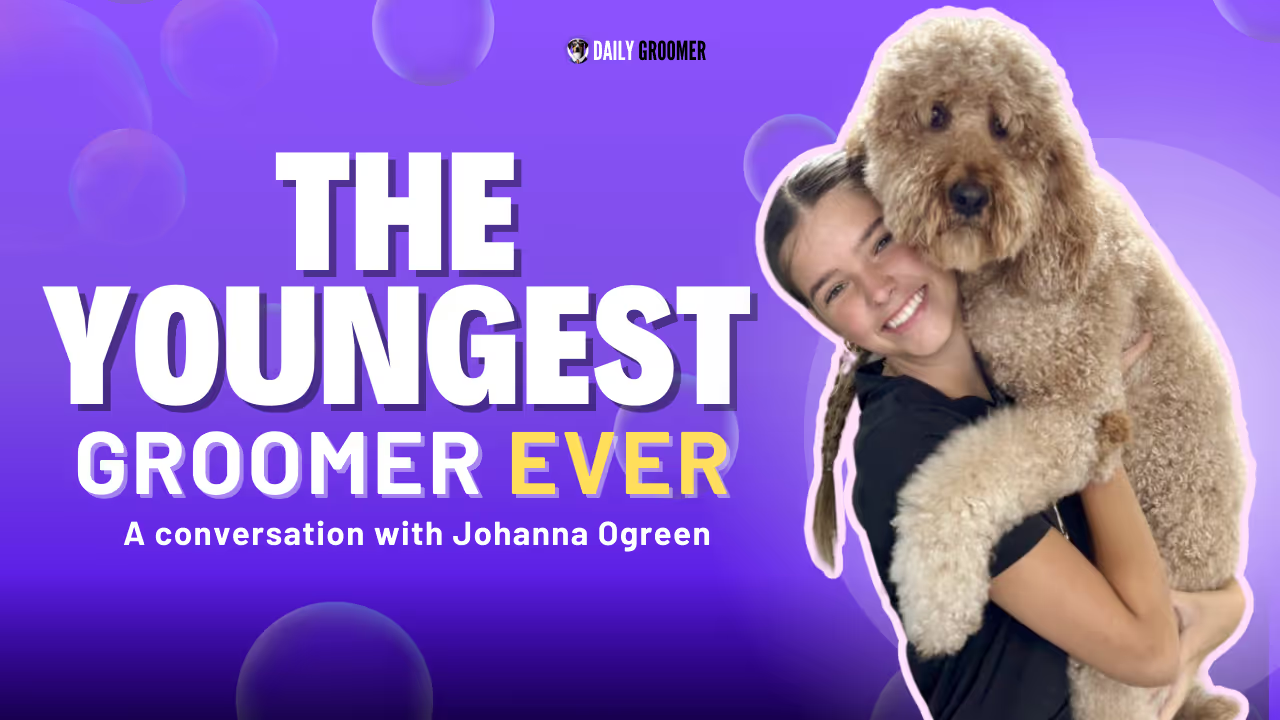
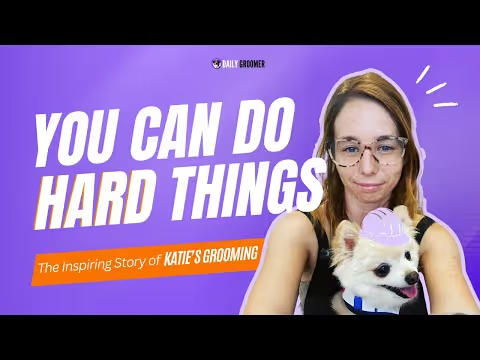
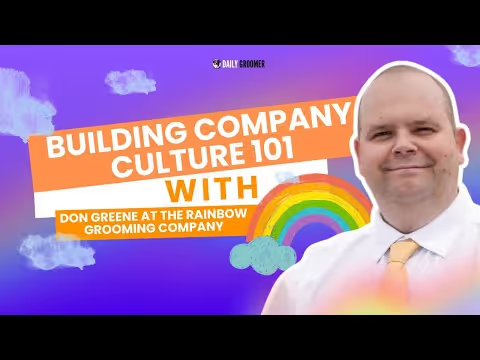
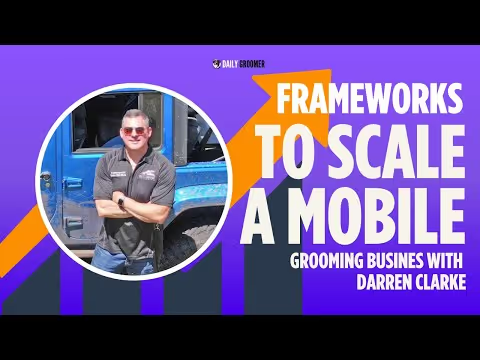
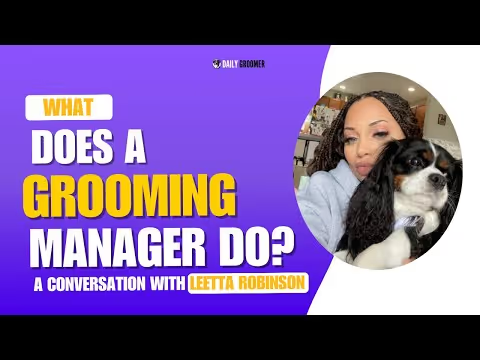

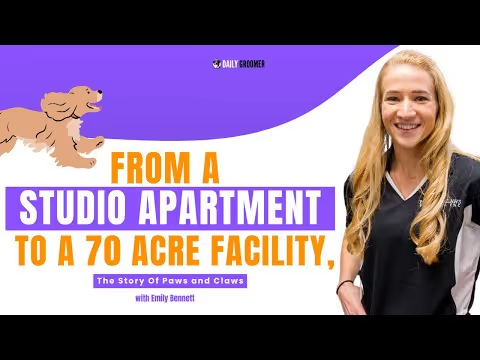

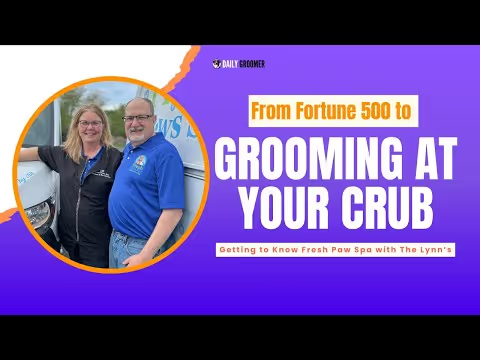






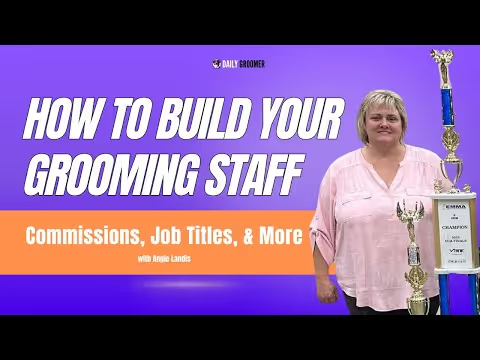





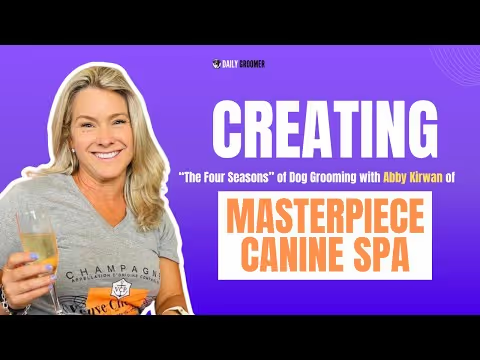

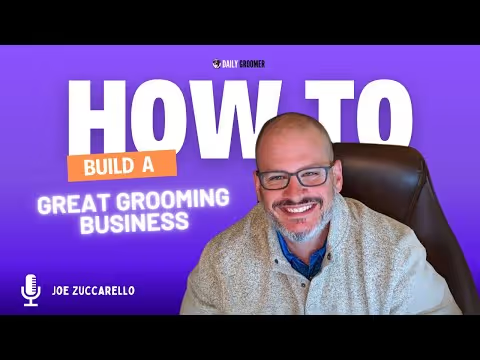
.avif)
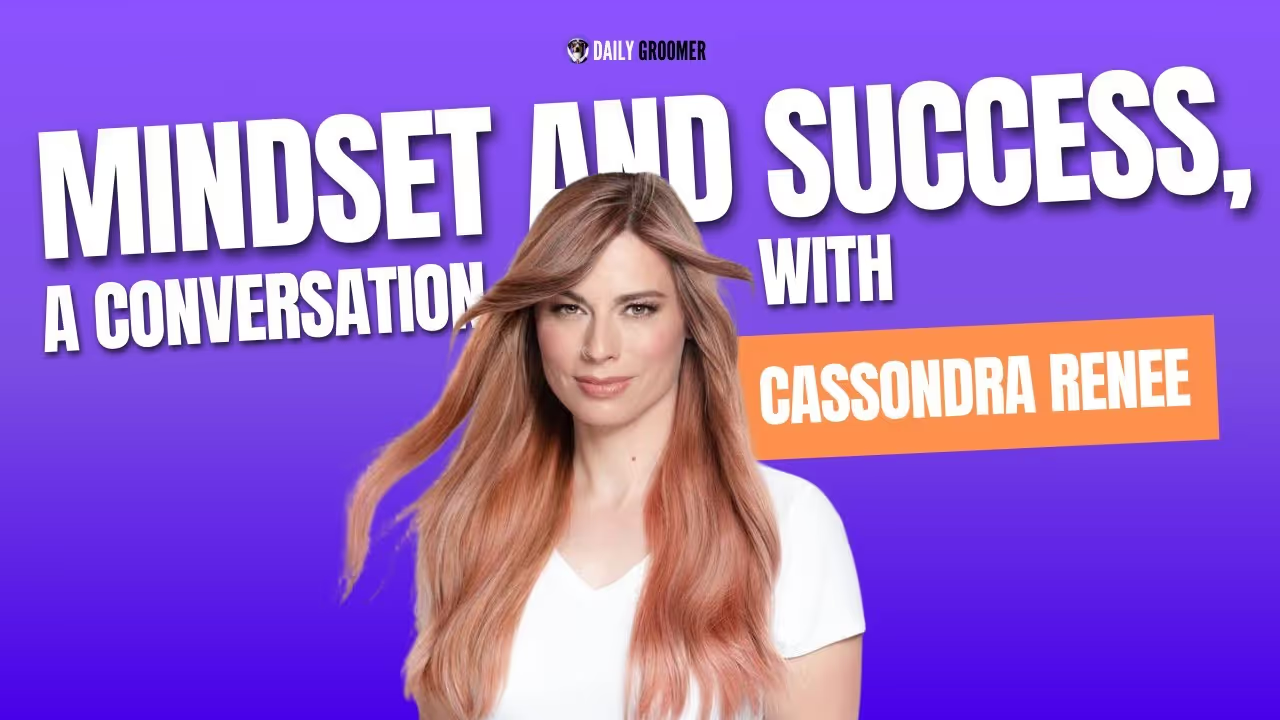
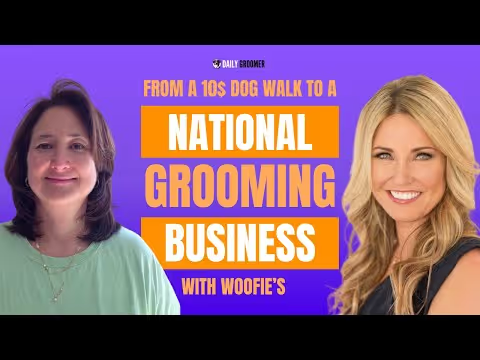





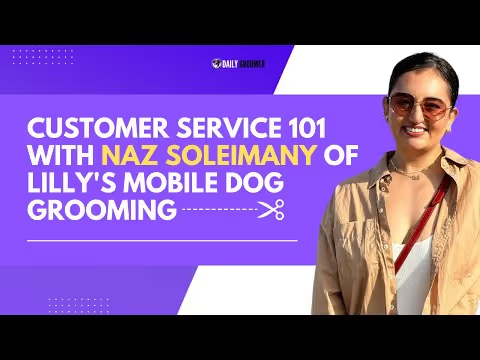

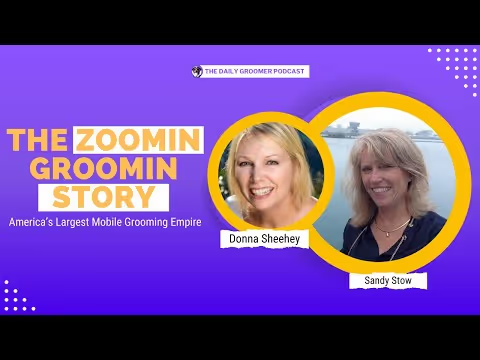
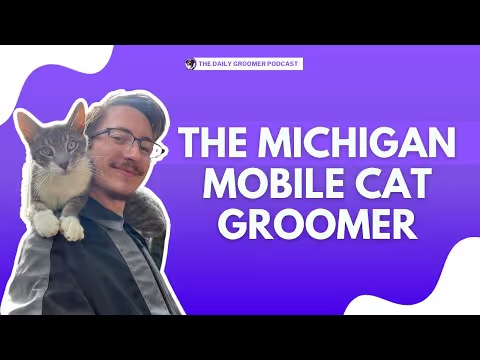

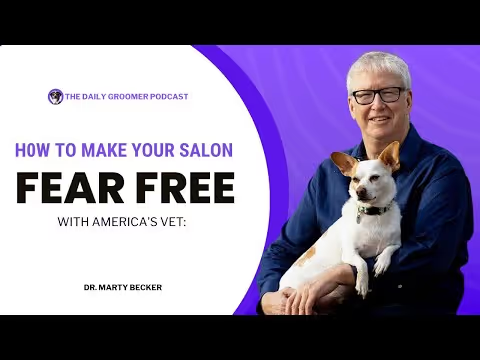



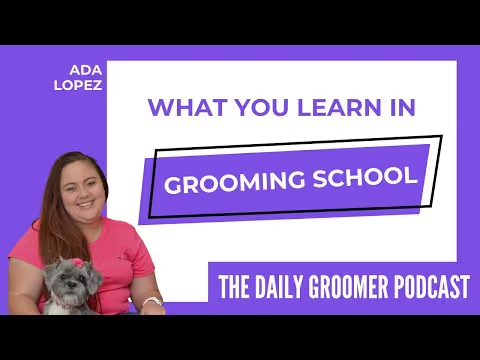


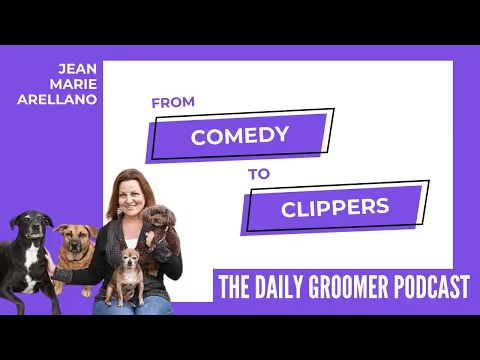
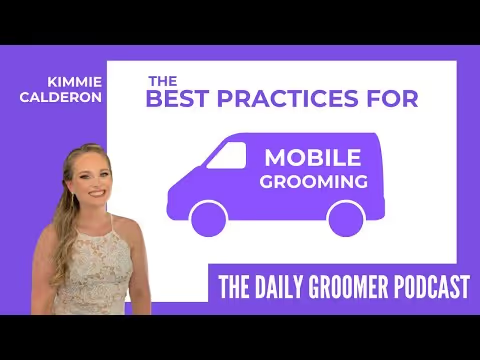
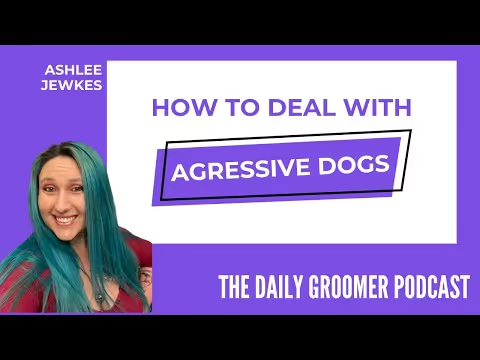
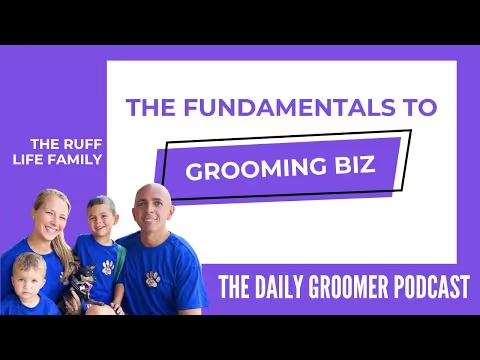


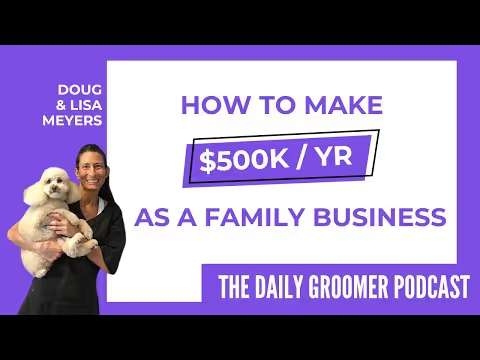
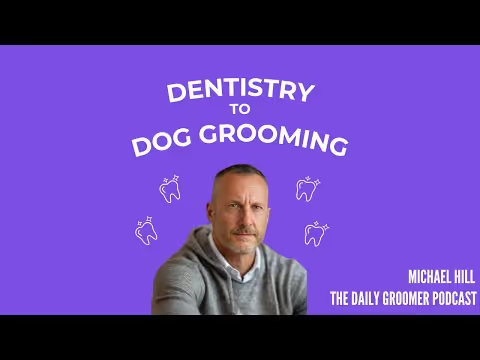
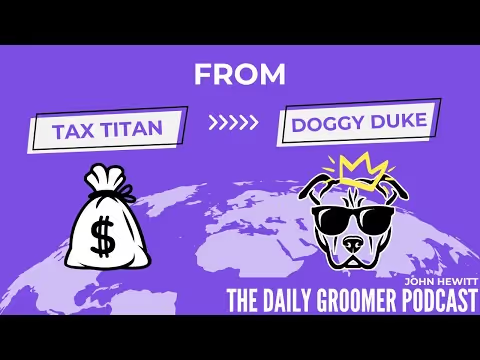



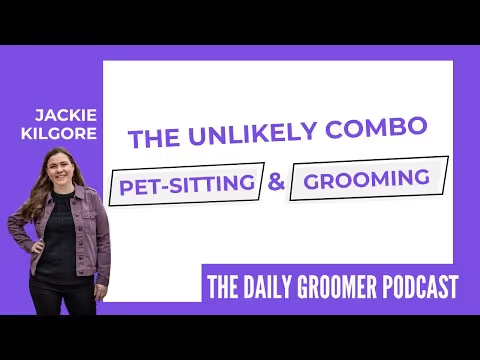


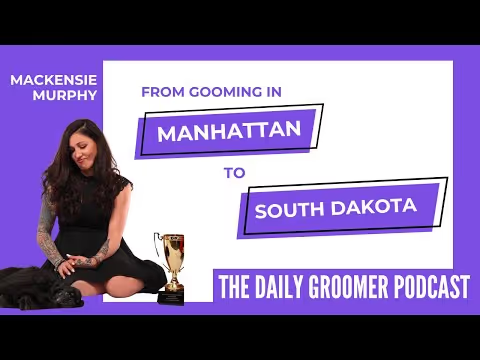
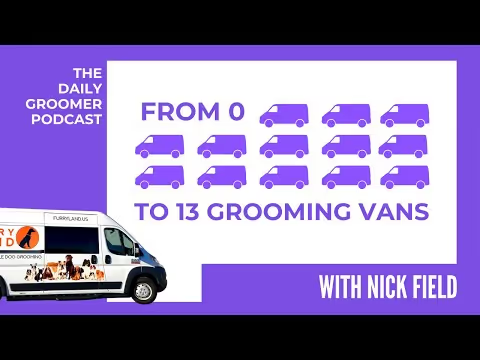
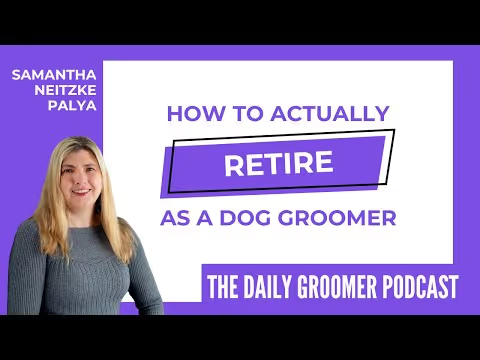
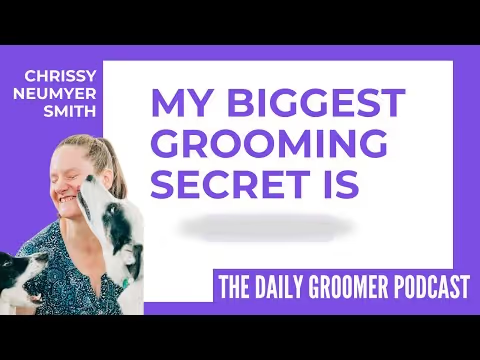
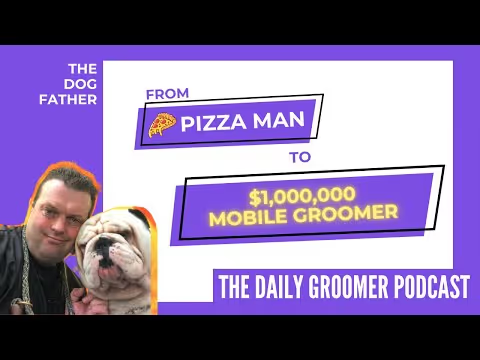

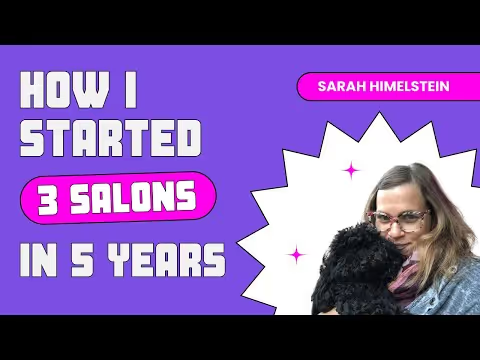
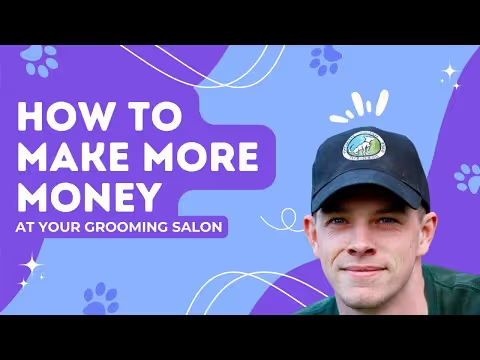
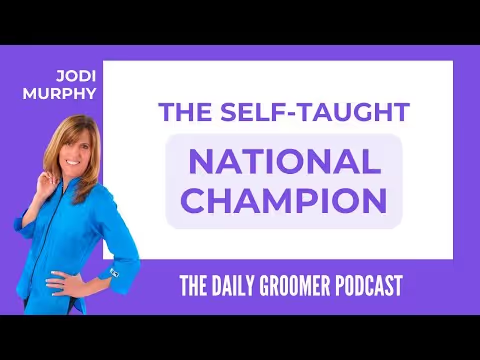


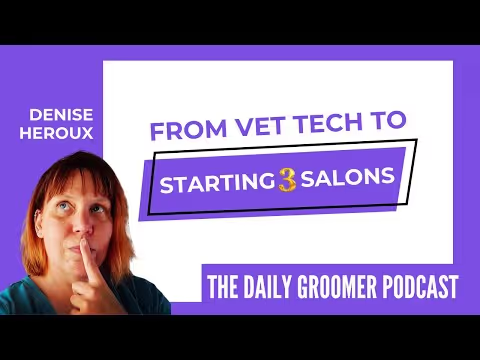
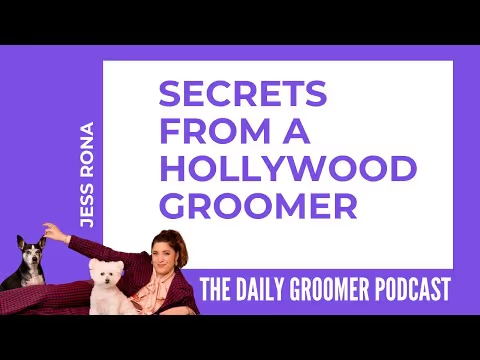
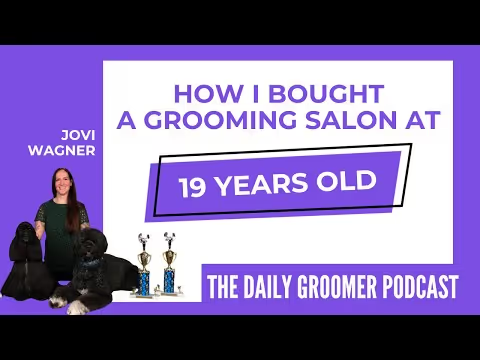

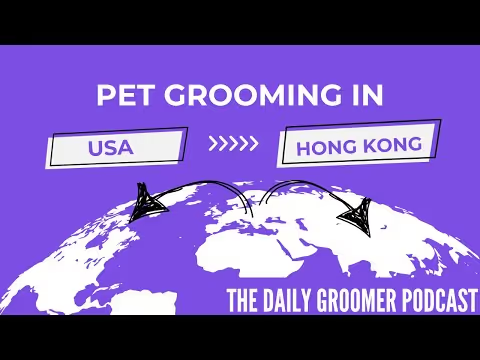
.avif)


